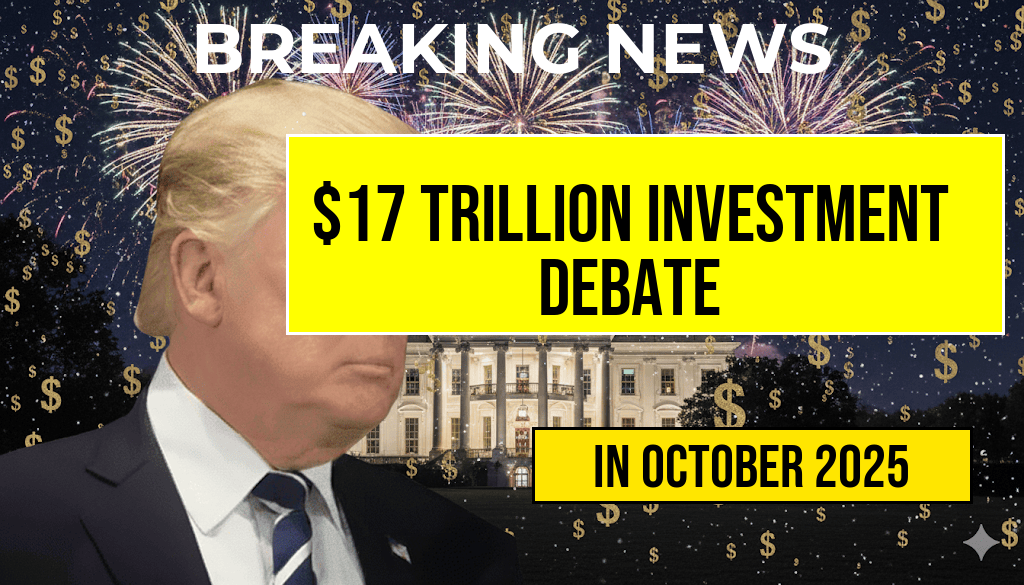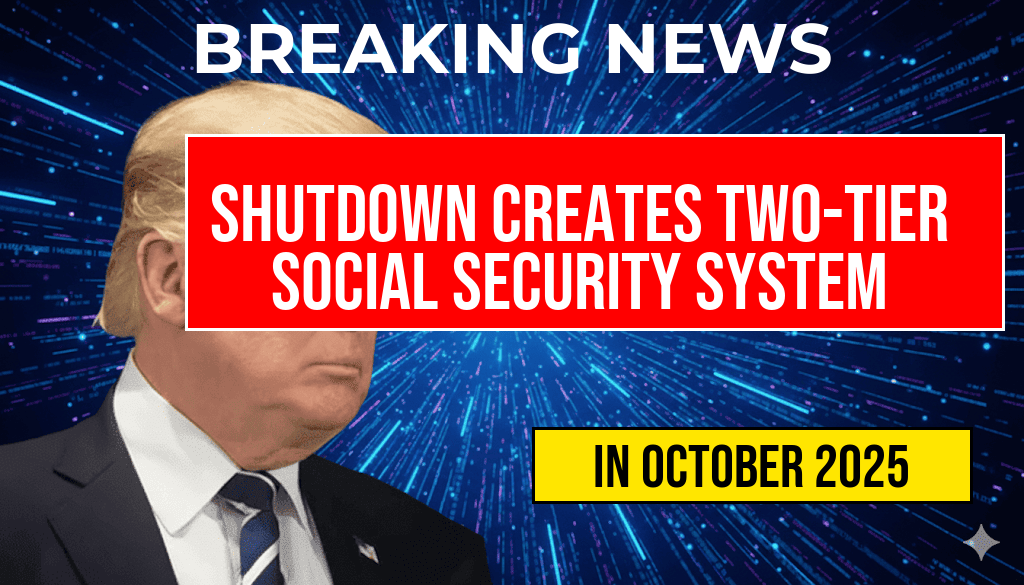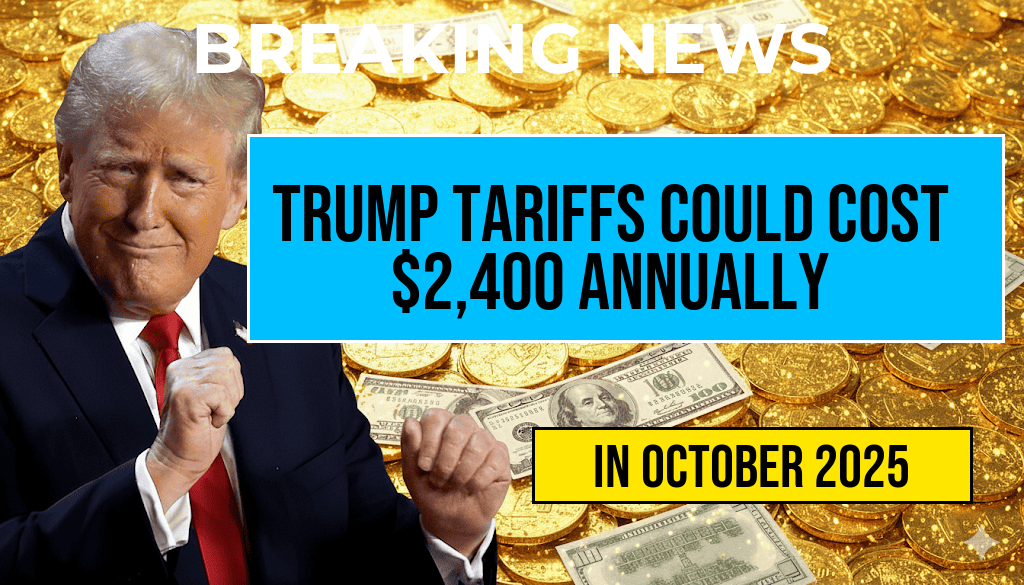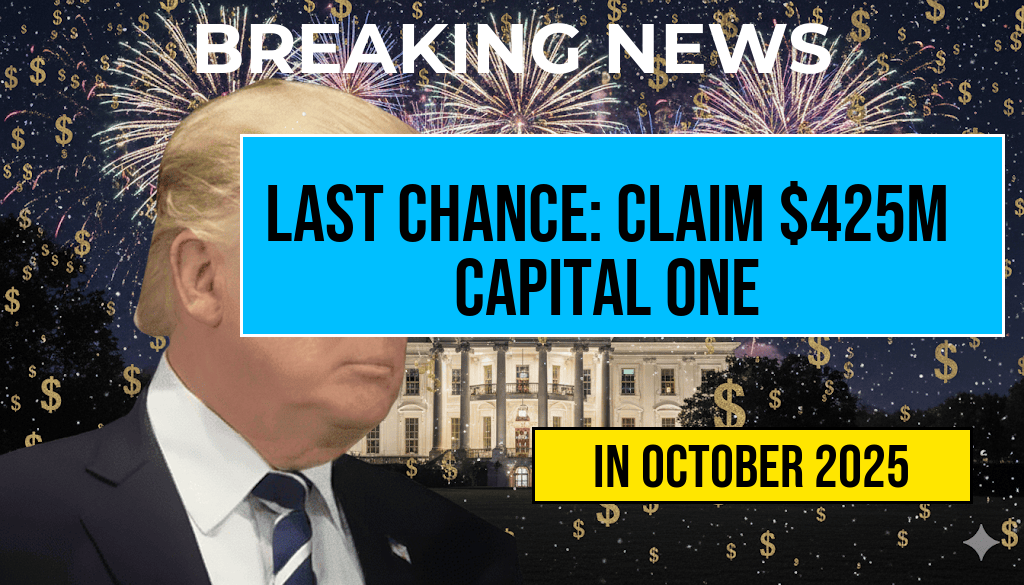The debate surrounding former President Donald Trump’s claimed global investment portfolio has reached a fever pitch among economists and analysts. Trump has publicly asserted that he has invested approximately $17 trillion across various international markets, positioning himself as a major player in global finance. However, experts are sharply divided over the accuracy and plausibility of these figures, raising questions about transparency and the actual extent of his international economic influence. This controversy not only underscores the challenges in verifying high-stakes financial claims but also highlights broader issues related to the transparency of private investments, especially when tied to prominent political figures. As the debate intensifies, stakeholders from financial institutions, policy circles, and the media are scrutinizing the origins, methodology, and potential implications of Trump’s reported investments, revealing a complex web of economic, political, and legal considerations.
Assessing the $17 Trillion Claim: Origins and Context
Donald Trump’s assertion of having amassed a $17 trillion global investment portfolio predominantly stems from his public speeches, campaign disclosures, and interviews. He has characterized this figure as evidence of his extensive international financial footprint, emphasizing his ability to leverage global markets. However, the source of this specific dollar amount remains ambiguous, with some analysts suggesting it could be a summation of various holdings, assets, and commitments spread across multiple countries.
To understand the scope of such a figure, it is vital to compare it with existing data on global investment sizes. According to reports from the Wikipedia page on Foreign Direct Investment, global FDI flows totaled approximately $1.65 trillion in 2022. The claim of $17 trillion dwarfs this annual figure, raising questions about whether Trump’s reported investments encompass a broader spectrum, such as private equity, real estate, and other assets that are less easily quantifiable in standard economic reports.
Expert Perspectives: Skepticism and Support
Economic skeptics question the feasibility
- Feasibility issues: Critics argue that accumulating a $17 trillion portfolio would require an unprecedented scale of capital and influence, surpassing the combined GDP of many nations. Dr. Lisa Chen, an economist at Harvard Business School, notes, “While Trump’s business ventures are vast, claiming a $17 trillion investment portfolio stretches credulity, especially without transparent disclosures or detailed documentation.”
- Verification challenges: Many experts highlight the difficulty in verifying such claims, especially when they involve private holdings, offshore accounts, and complex corporate structures. Investigative reports, such as those from the Forbes database, lack any corroborative evidence linking Trump directly to such a colossal sum.
Supporters and defenders highlight potential factors
- Asset valuation methods: Some supporters suggest Trump’s figures could be based on a broad valuation of his assets, including real estate holdings, licensing agreements, and business interests worldwide. They argue that if appraised collectively, these could approach the claimed magnitude, although not necessarily as liquid investments.
- Strategic framing: Others contend that Trump’s statements are intentionally hyperbolic, serving political or branding purposes rather than precise financial reporting.
Legal and Political Implications
The controversy over Trump’s investment claims intersects with ongoing debates about transparency and accountability, especially given his history of financial disclosures. Legal experts emphasize that, under U.S. law, public figures are required to provide accurate and complete disclosures of their financial holdings. Failure to do so could invite scrutiny from regulatory agencies such as the Securities and Exchange Commission.
Politically, the claim has been leveraged by opponents to question Trump’s credibility and financial integrity. Some analysts warn that exaggerated figures could undermine public trust, while supporters dismiss the controversy as political noise aimed at undermining his influence.
Broader Impact on Global Investment Perceptions
The debate also touches on how high-profile figures shape perceptions of global investment landscapes. If Trump’s claims are validated, it would suggest the existence of vast, opaque assets that could influence international markets and geopolitical stability. Conversely, skepticism about his figures underscores the opacity that often shrouds private wealth, especially when offshore or complex corporate structures are involved.
| Source | Reported Investment Volume |
|---|---|
| Global FDI Flows (UNCTAD) | $1.65 trillion |
| U.S. Private Equity & Venture Capital | $1.1 trillion |
| Estimated Trump International Holdings | Up to $17 trillion (claimed) |
As the debate persists, the core issue remains: how accurately can such high-stakes financial claims be verified, and what do they reveal about the transparency and influence of private wealth in global markets? For now, the controversy underscores the ongoing challenge of assessing the true scale of individual and corporate investments in an increasingly complex financial landscape. For further insights, readers can explore detailed discussions on financial disclosure requirements and global investment strategies.
Frequently Asked Questions
What is the main focus of the article titled “The $17 Trillion Dilemma”?
The article examines the conflicting perspectives among economists regarding Trump’s estimated global investment figures amounting to $17 trillion and the implications of these differing views.
Why are economists clashing over Trump’s estimated global investment figures?
Economists are clashing because there is disagreement over the accuracy, source, and interpretation of Trump’s claimed $17 trillion global investment figures, leading to debates about their impact on the economy.
How do different economists interpret the $17 trillion investment figure?
Some economists consider the $17 trillion as a significant achievement indicating strong economic growth, while others argue it may be an overestimation or misrepresentation that could skew economic analysis.
What are the potential implications of these differing viewpoints on policy-making?
The disagreements among economists could influence policy decisions by creating uncertainty about the true state of global investments and the effectiveness of economic strategies.
How does this controversy impact public understanding of the global economy?
The debate over the $17 trillion figure may lead to confusion among the public, affecting trust in economic data and the perception of economic health.






